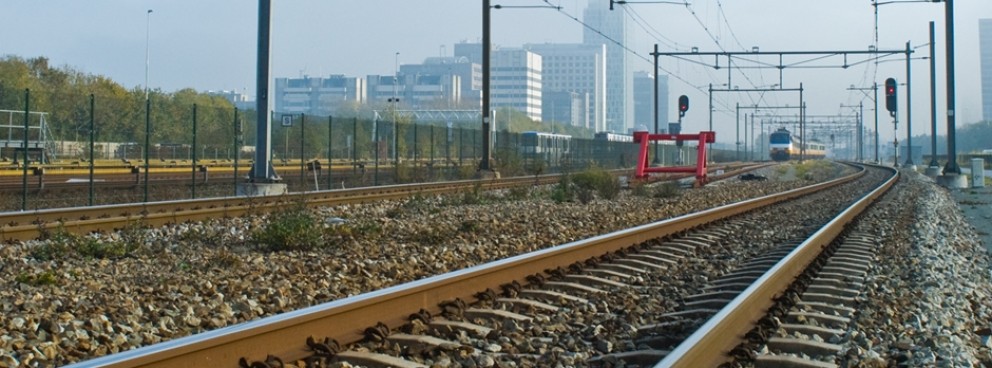EVES Rail Study: quantitative effects on vertical separation
What are the net quantitative effects of rail sector reforms in Europe? Is any specific model systematically superior to the others based on the empirical record? Why do certain reforms yield or fail to yield certain effects? What are the potential effects of reforms in view of the 4th Railway Package?
This study realised for CER by inno-V (in cooperation with ITS Leeds, Kobe university, civity management consultants and VU Amsterdam) assesses these questions both quantitatively and qualitatively. The econometric part of the study finds that no particular structural model outperforms all others. It finds no evidence that competition works better with vertical separation than with a holding company, and it finds that at higher traffic densities, vertical separation increases costs. The qualitative part of the study then analyses how incentives for the infrastructure manager and railway operators may lead to efficient or inefficient outcomes for the rail system as a whole depending on which structural model is in place. For this, the study develops an innovative presentation of the railway value-chain, focussing on the incentive misalignments that can results from unbundling and on coordination needs at different time horizons.
The study finds that substantial country differences within the EU call for a differentiated approach, rather than a one-size-fits-all model imposed on all Member States. More information can be found on the CER website. The full study can be downloaded here.
